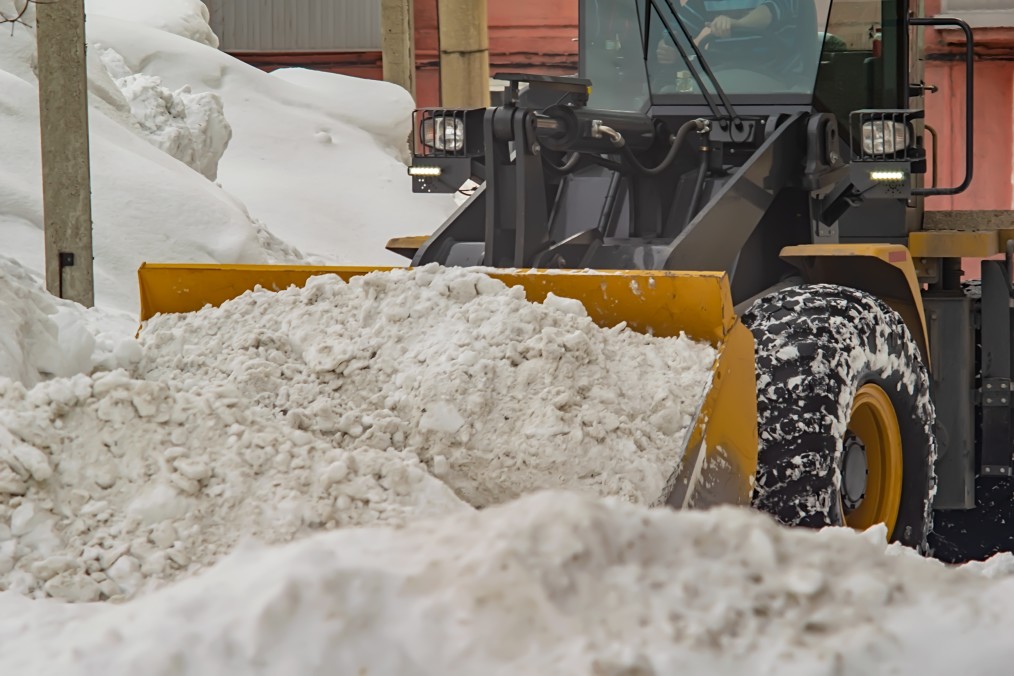
Picture it: the snow is falling, creating a beautiful dusting on the road. The problem is, this almost never happens in Minnesota. Normally, Minnesotans and other Midwesterners receive massive amounts of snow at once that require big plows to go out and not only clear the snow out of the way, but to spread salt on the road. What happens when that snow melts in the spring, or it gets dumped into a pile to melt? All that salt and the chemical run-off from cars makes for contaminated, dirty snow that eventually melts and can be a significant source of water pollution.
We’ve been told to avoid yellow snow, but it turns out that the crisp, clean snow many people love so much is also a source of contamination.
Salt
Who would have ever thought that the simple compound, salt, could cause so many problems while simultaneously fixing so many? Every winter, salt is the weapon of choice for snow plows that are trying to fight an abundance of snow and ice on the roads. While the salt helps control the ice and makes roads passable, accumulating salt is causing corrosion on cars, roads, and bridges. Not only is this costly, but the damage bleeds over to ecosystems. In fact, the contamination of Flint, Michigan’s water supply was linked to high chloride levels that corroded pipes in the plumbing system throughout the city. The culprit? Salt.
Snow
Snow is contaminated not only by road salt, but pollution that comes from the atmosphere. Chemicals and products released by cars, such as oil and grease, as well as heavy metals, bacteria, sand, and asbestos contaminate snow. You must also consider all of the litter that is thrown on roadways. This all contaminates snow. It is even suggested that contaminated snow removed from major roadways can be just as contaminated as raw sewage. Not only can meltwater pollute groundwater, if this snow is collected and brought into areas where it can melt near streams, lakes, and other freshwater, serious pollution can occur and threaten the ecosystems residing there. Sometimes snow is even directly disposed into freshwater sources. These practices can easily impact humans by contaminating the fish we eat and causing an accumulation of metals in the soil so that we are unable to grow crops. And these are just a few ways we feel the effects.
While we can’t entirely avoid putting salt on the roads, the damaging effects on the environment need to be noted. We need to take steps to develop clear strategies and innovative equipment that will help control these problems. Snow disposal should be carefully planned. Snow can be disposed in areas with top soil that acts as a filter, or we could also treat the snow and remove solids before it is dumped.